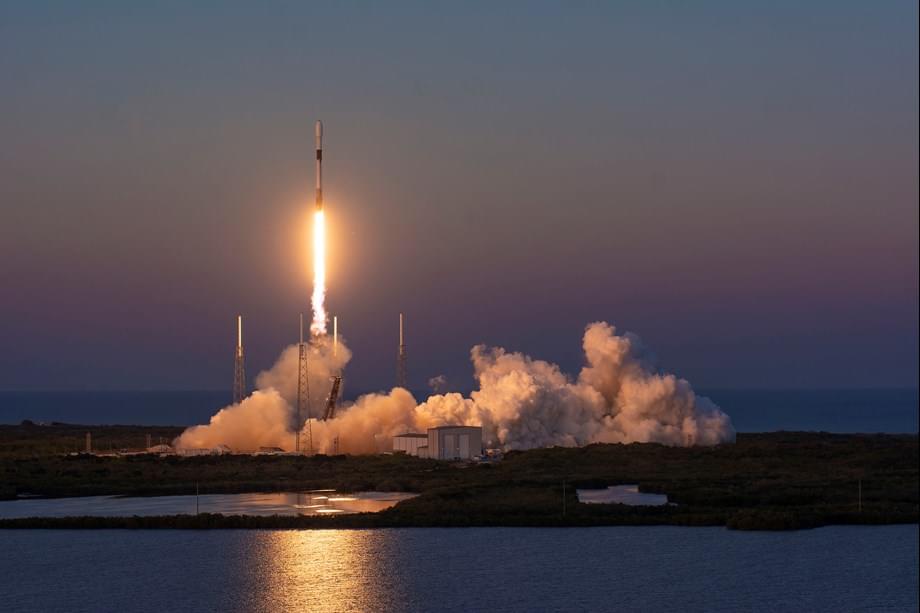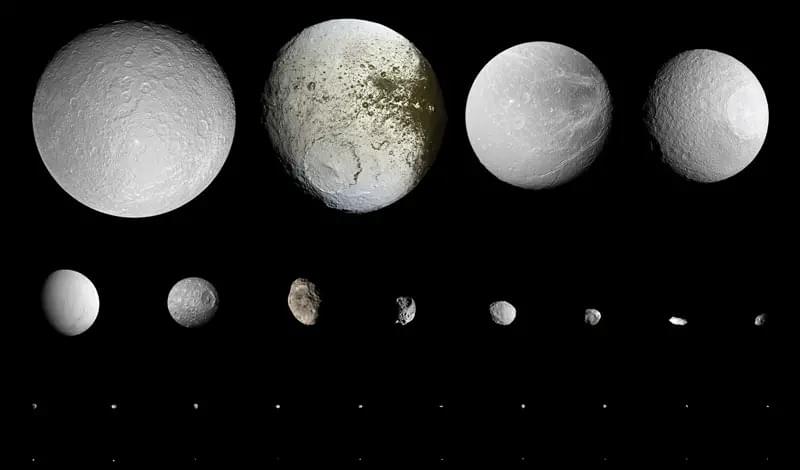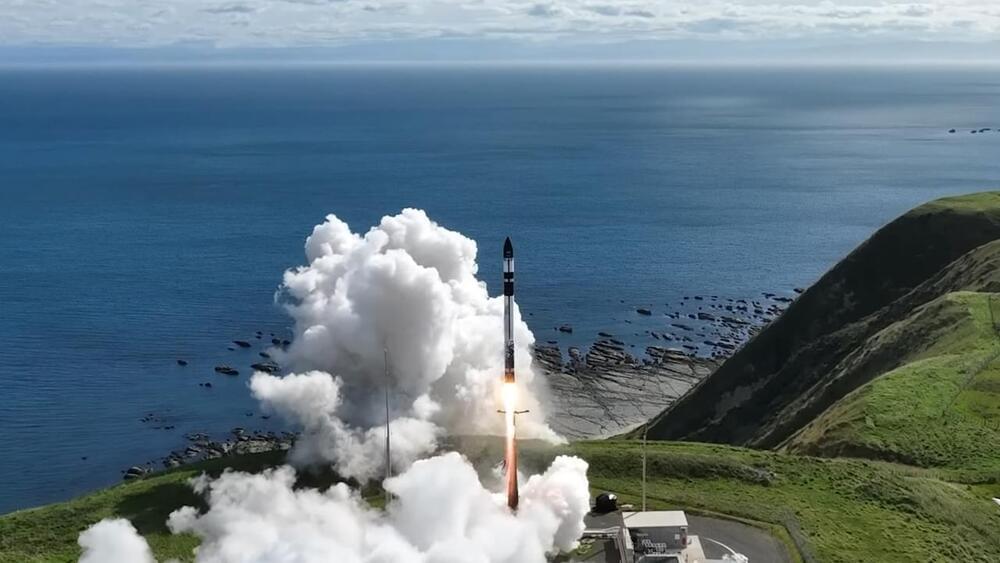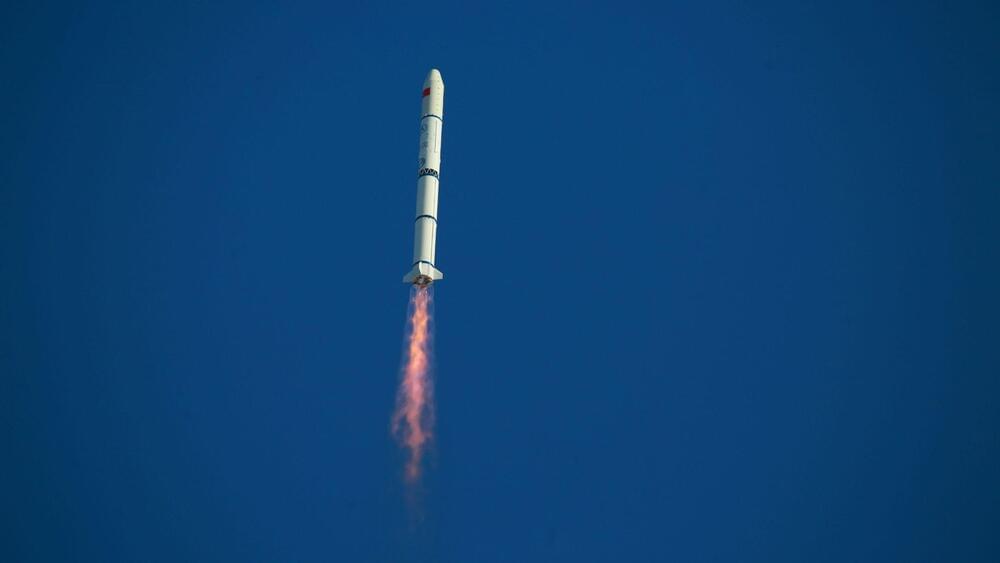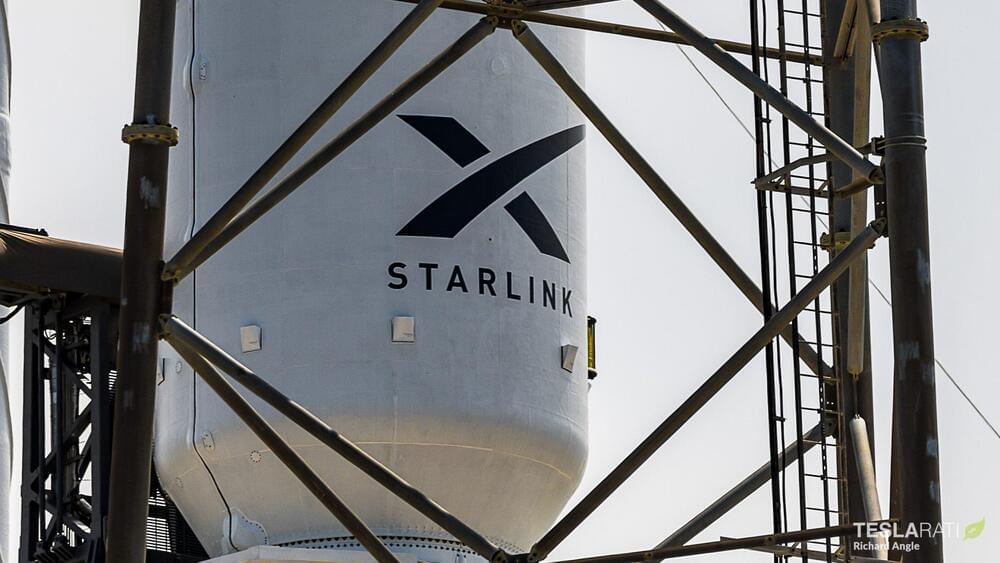Solar power is the fastest-growing form of renewable energy and currently accounts for 3.6% of global electricity production today. This makes it the third largest source of the renewable energy market, followed by hydroelectric power and wind. These three methods are expected to grow exponentially in the coming decades, reaching 40% by 2035 and 45% by 2050. Altogether, renewables are expected to account for 90% of the energy market by mid-century, with solar accounting for roughly half. However, several technical challenges and issues need to be overcome for this transition to occur.
The main limiting factor for solar power is intermittency, meaning it can only collect power when sufficient sunlight is available. To address this, scientists have spent decades researching space-based solar power (SBSP), where satellites in orbit would collect power 24 hours a day, 365 days a year, without interruption. To develop the technology, researchers with the Space Solar Power Project (SSPP) at Caltech recently completed the first successful wireless power transfer using the Microwave Array for Power-transfer Low-orbit Experiment (MAPLE).
MAPLE was developed by a Caltech team led by Ali Hajimiri, the Bren Professor of Electrical Engineering and Medical Engineering and the co-director of the SSPP. MAPLE is one of three key technologies tested by the Space Solar Power Demonstrator (SSPD-1). This platform consists of an array of flexible, lightweight microwave transmitters controlled by custom electronic chips. The demonstrator was built using low-cost silicon technologies designed to harvest solar energy and beam it to desired receiving stations worldwide.
